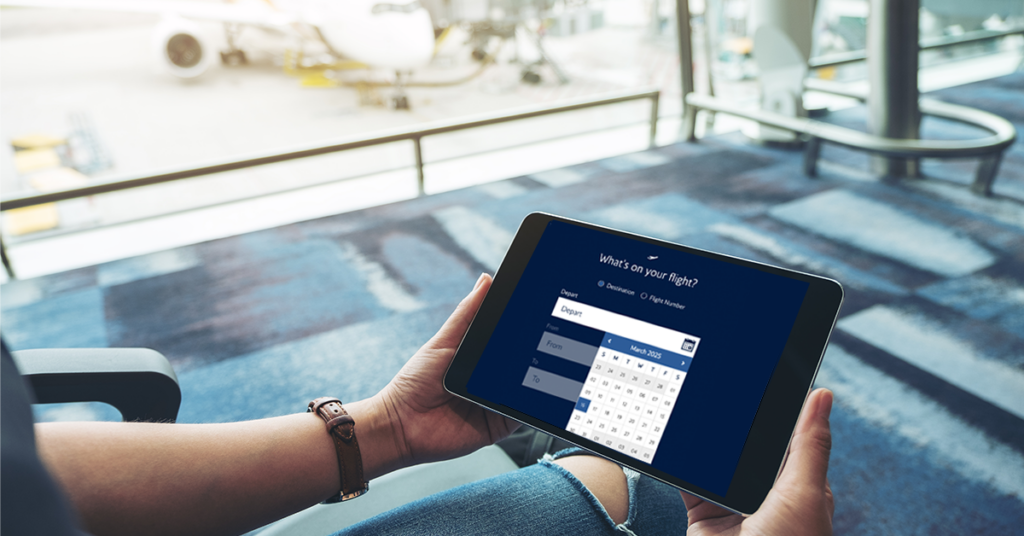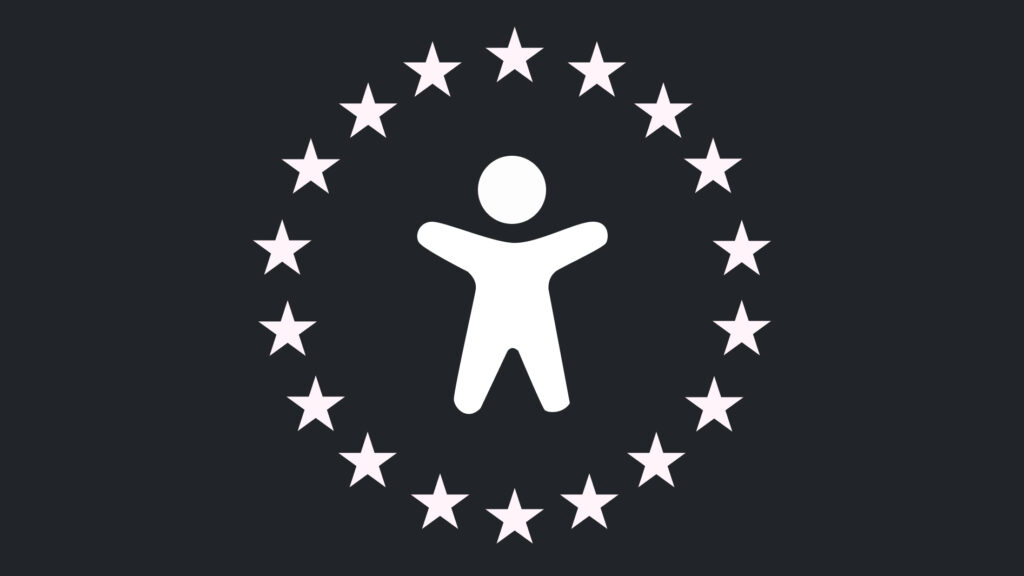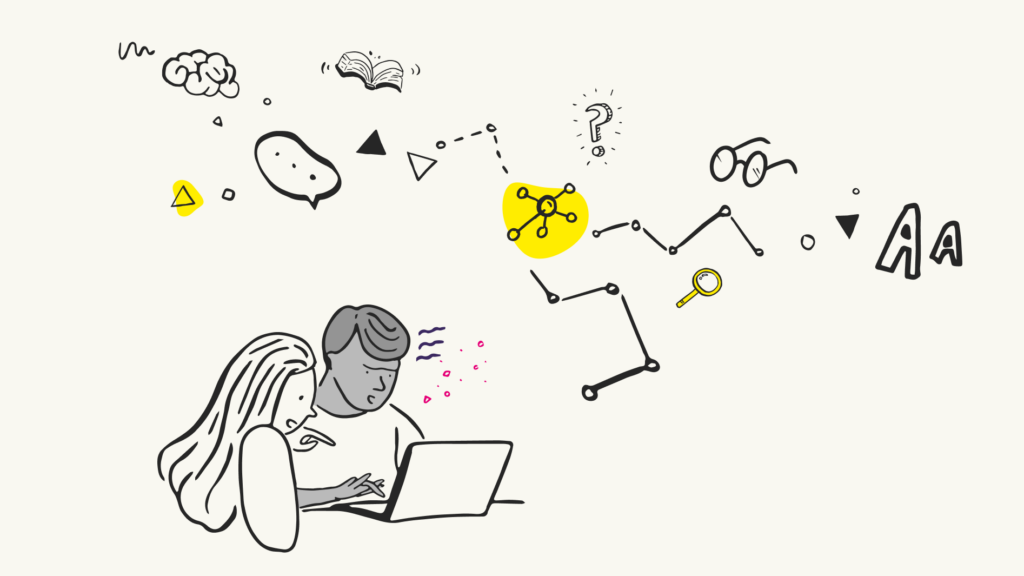Any organisation that starts improving accessibility is heading in the direction for commercial success and legal risk mitigation. They also get to be proud that they’re doing what’s right for equality of experience in our modern, inclusive world.
However, without a strategy, many organisations new to the accessibility game fall into some common traps. It ends up costing them dearly down the line.
In this article we’re going to look at five common accessibility mistakes. And, we’ll show how an increases your organisational maturity and helps you dodge these awkward situations in the first place.
1. Thinking that automated accessibility testing is all you need
This is an old problem that unfortunately still occurs frequently. Perhaps it’s driven by the promise of modern online services delivering an accessibility quick fix.
First, it is true that an automated test—that is, software that automatically analyses your web pages for accessibility issues—can identify a number of problems worth fixing. Read correctly, an automated test can also give you a sense check on where a page may stand on its journey to great accessibility.
However, it is technically impossible for an automated test to cover many of the checkpoints that make up the recognised worldwide standards, the Web Content Accessibility Guidelines (WCAG).
This means that if you only address automated test findings, you still may not have achieved even the most basic level of accessibility. Worse still, you may have headed down a path that requires you to backtrack when other issues are found, meaning you have wasted time and money on dead-end improvements.
Only when accessibility is manually assessed as part of a holistic web development approach can you feel more secure in the accessibility of your delivered experience. And this manual assessment can become a simple, seamless part of your standard processes when you adopt a proven accessibility strategy.
2. Believing that a framework guarantees accessibility
There are many web development frameworks that take a lot of the legwork out of website creation and maintenance. They provide valuable, proven layers of website functionality and design, potentially saving your teams vast amounts of time and money when developing your beautiful new website.
However, a framework cannot guarantee accessibility, because a lot of accessibility comes down to what you do with that framework. It’s like buying the best tools for tiling your bathroom, such as a laser level and tile spacers, and then expecting that a great end result is a foregone conclusion. (This is the sad tale of many weekend DIYers, as I’m sure many readers can relate!)
Skilled team members will already understand this potential pitfall, and will instead shape their accessibility processes to build on the framework’s foundation. Getting those skilled team members is obviously a key step, and again part of considering accessibility in its entirety and across your organisation. Which leads us to…
3. Assuming designers and developers know about accessibility
Often product owners/project managers assume that their team have been taught the basics about accessibility as part of their education. We know that architects of the physical world need to design-in accessibility features like ramps, so it should be the same for digital professionals as well, shouldn’t it?
Unfortunately, having run hundreds of training sessions for thousands of designers, developers, content-designers, project managers (and more), the reality is that previous experience in accessibility is very rare. Perhaps one person in 10 is confident about their accessibility skills in any given lesson.
People generally don’t like to admit their weaknesses, and if the leaders don’t ask, this topic may never come up until it is too late. This is an issue because you really want to build accessibility in from the start, it is far more efficient that way.
It is also common for third party companies to over-estimate their knowledge of accessibility if it helps to make a sale.
“They said they were an accessibility expert” probably won’t hold up in court, nor appease the millions of people you alienate with your poor website experience. That lesser skilled person or team also won’t know how to measure your accessibility efforts as commercial gain. Consequently, they confine accessibility to the “something technical they do in a project” level within your organisation so it never delivers on its true potential.
In contrast, a strategic approach to accessibility leads to great accessibility hires from the top down (or brings on a proven external agency to train teams in the right way). It builds up the right set of skill to avoid these skill façade situations and ensures there are no gaps in anyone’s understanding.
4. Supposing that specifying “accessibility” as a project requirement means it’s covered
At Nomensa, we have often been brought in after a product launch to hear a sorry tale from executives who assumed that accessibility was all good, only to find on closer inspection that they’re in a much worse situation.
Often this misconception stems from the fact they requested that a website be made accessible as part of the project’s requirements. The people requesting the accessibility generally don’t know how to verify what is delivered, so this requirement is rarely checked.
Everyone assumes someone else is taking care of it.
When approaching accessibility with a strategic mindset, there is essentially no way that this situation can occur.
Accessibility is built into every project process. Audits and testing are carried out regularly by skilled resource. Managers and directors know how to authenticate that the right accessibility levels have been achieved. Everyone is on the lookout for accessibility, and it makes the whole process far less stressful for the person at the top who’s ultimately responsible for the impact.
5. Believing that great accessibility just means fixing the issues you find
If all websites could be made accessible by simply (a) auditing the issues you have, and then (b) fixing those issues, then modern accessibility would be in a far greater state than it actually is.
However, the situation is far more complex, and it’s easier to appreciate that if you understand that accessibility is part of experience.
Yes, you can perhaps fix the issues identified in an accessibility audit, but what if those issues relate to the Content Management System you use? What if you fix those issues, but a week later a dozen content editors introduce new issues into the content? What if the real world experience of people with disabilities brings up context-specific issues you don’t find from an audit?
Great accessibility requires that all parts of your organisation are in alignment with that goal. It helps that if you achieve this, you enjoy significant cost and time savings over the “audit and fix it” approach which only goes a part of the way in any case.
Leadership, performance measurement, accessibility skillsets and a solid infrastructure, integration of customer-focused accessibility thinking, and the correct accessibility activities: all of these elements of your organisation must be in alignment before you can deliver great accessibility.
We call them the Six Scales of Experience, as assessed by our Accessibility Assessment service. But however you approach accessibility, it needs to be with a strategy that spans your entire organisation.
In conclusion: build your accessibility capability to avoid the pitfalls
An organisation that truly wants to improve accessibility (rather than give it lip service with a tick-box approach) must approach it strategically, building accessibility capability throughout.
The great part is, once this mindset is achieved and a strategy enacted, the benefits are numerous. Accessibility becomes easy as part of established processes by skilled teams. Measuring its impact is regular and seamless, as well as tying its impact to commercial performance. And management’s buy-in means accessibility always remains a high priority.
Most importantly perhaps, a strategic approach avoids pitfalls such as the five common ones in this article. You won’t even have to actively avoid them: the right accessibility approach means they won’t even come up in the first place.
If you’re at the starting point of establishing an accessibility strategy, try our free Accessibility Assessment tool. It assesses your existing capability.
If you’re already on the strategic journey, we have a range of bespoke accessibility testing, training and consultancy services to complement your in-house skills.
And, you can always contact us directly to discuss your unique needs at hello@nomensa.com or +44 (0)117 929 7333.
We drive commercial value for our clients by creating experiences that engage and delight the people they touch.
Email us:
hello@nomensa.com
Call us:
+44 (0) 117 929 7333




